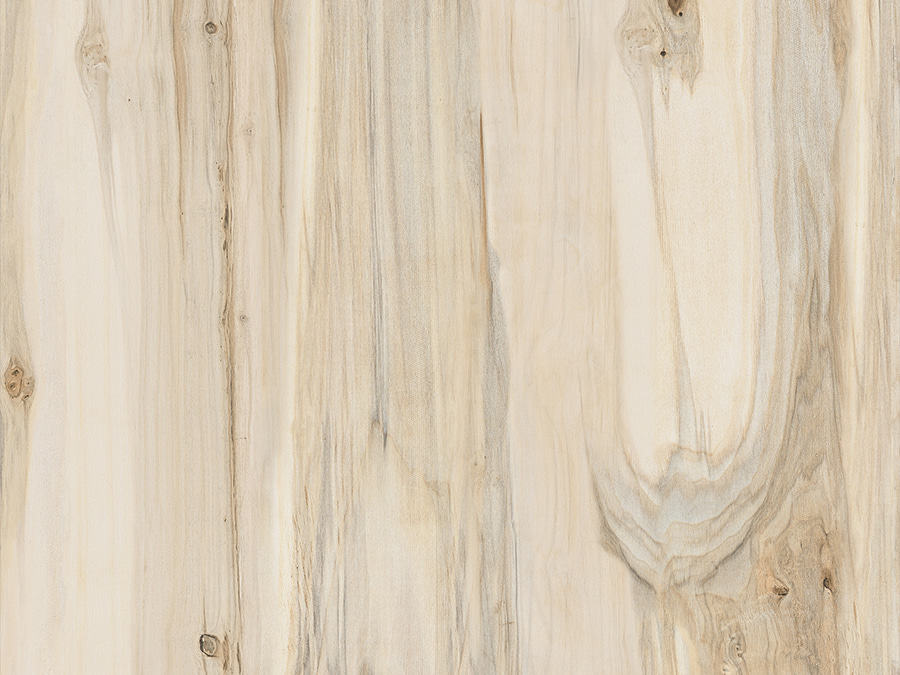In terms of decorative printing paper, the biggest difference between digital printing and traditional printing methods lies in technology, cost-effectiveness, production speed, etc.
Traditional Printing Methods:
Traditional printing techniques, including offset and gravure printing, involve physical printing plates.These plates transfer ink onto a rubber blanket or directly onto the paper. This program is ideal for high-volume production due to its efficiency in managing large batches.Traditional printing offers particular shade replica and is often favored for projects with sizable shade necessities or complex designs. However, it may involve higher setup prices and longer turnaround instances, making it more appropriate for bulk printing.
Digital Printing:
Digital printing, utilizing technologies like inkjet or laser printing, does not require printing plates. Instead, it immediately applies toner or ink to the paper based on digital files. Digital printing excels in quick to medium print runs, bearing in mind on-demand printing and short process turnaround. It offers more flexibility for variable records and customization, making it best for projects that require customized or unique elements. While digital printing may have barely higher according to-unit charges than traditional techniques for large portions, its benefits in velocity and flexibility frequently outweigh this consideration.

Key Differences:
1. Setup Costs and Volume Flexibility:
Traditional strategies have higher preliminary setup prices but come to be extra value-powerful for large print runs.
Digital printing is cost-powerful for quick to medium runs and gives affordability for smaller quantities due to decreased setup necessities.
2. Color Precision and Consistency:
Traditional printing methods offer precise coloration reproduction and consistency, making them suitable for tasks with strict colour necessities.
Digital printing achieves super colour but may additionally have subtle variations, particularly while in comparison to standard offset printing.
3. Turnaround Time:
Traditional printing might also involve longer setup times and production schedules, making it appropriate for projects with longer lead times.
Digital printing permits faster turnaround instances, facilitating on-call for printing and quicker challenge finishing touch.
In precis, the choice among virtual and traditional printing for Decorative Printed Paper relies upon on factors along with the preferred extent, shade precision, and task timelines. Each technique has its strengths, and the choice have to align with the particular requirements and goals of the ornamental printing challenge.


 English
English русский
русский











